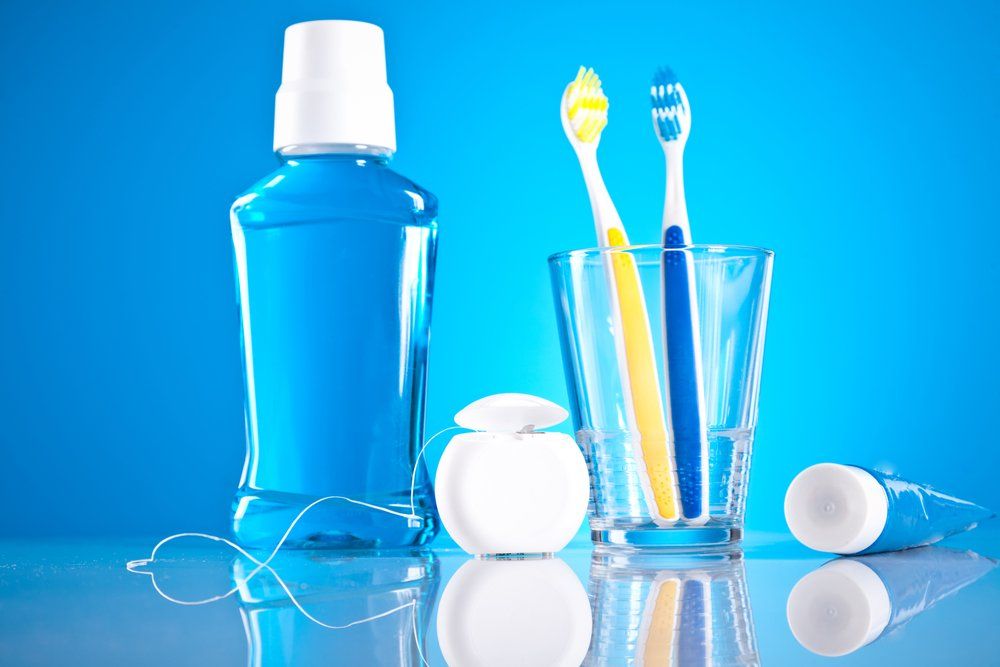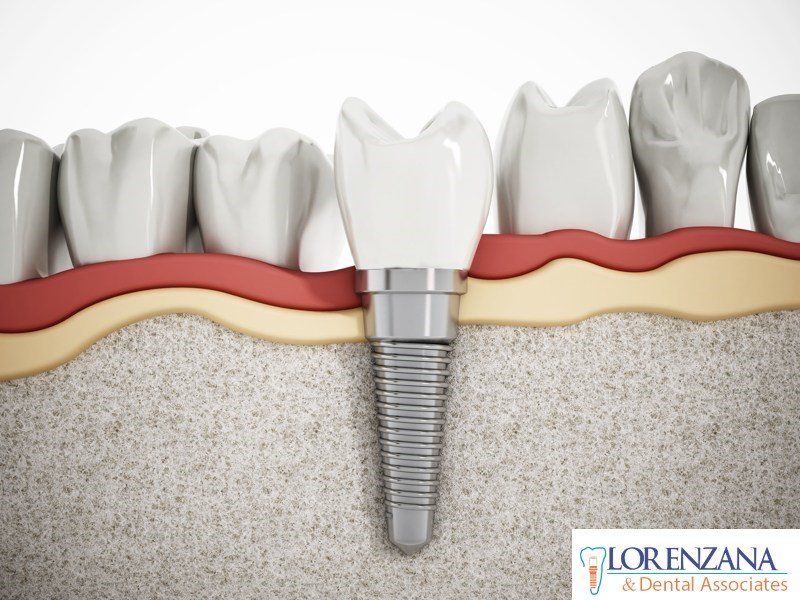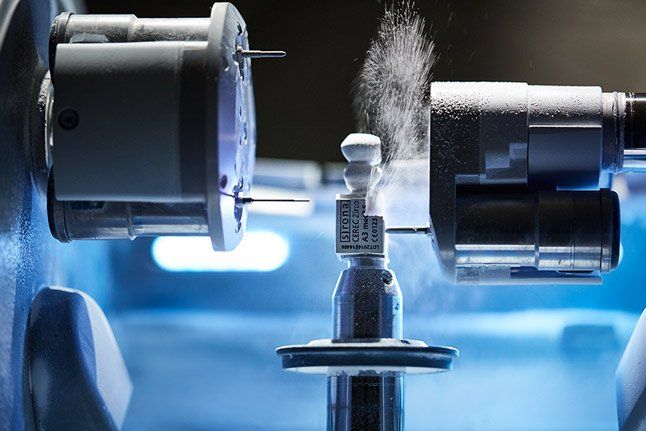How periodontitis affects dental implants?
Dr. Rafael Lorenzana • September 2, 2014
Periodontitis is a serious gum infection that damages the soft tissue and bone that supports the tooth. All periodontal diseases, including periodontitis, are infections which affect the periodontium.
The periodontium are the tissues around a tooth, tissues that support the tooth. With periodontitis, the alveolar bone around the teeth is slowly and progressively lost. bacteria stick to the surface of the tooth and multiply an overactive immune system reacts with inflammation.
Untreated periodontitis will eventually result in tooth loss, and may increase the risk of stroke, heart attack and other health problems. Bacterial plaque, a sticky, colorless membrane that develops over the surface of teeth, is the most common cause of periodontal disease.
In most cases, periodontitis is preventable. It is usually caused by poor dental hygiene.
Periodontitis signs and symptoms can include:
- Inflamed (swollen) gums, gum swelling recurs
- Gums are bright red, sometimes purple
- Gums hurt when touched
- Gums recede, making teeth look longer
- Extra spaces appear between the teeth
- Bleeding when brushing or flossing teeth
- Metallic taste in the mouth
- Halitosis (bad breath)
- Loose teeth
The main aim of the periodontist, dentist or dental hygienist, when treating periodontitis, is to clean out bacteria from the pockets around the teeth and prevent further destruction of bone and tissue.
How can we help?
Our dentists are trained to treat periodontits. This must be treated first before you are able to take Dental Implants. We will help you through the course of treatment, providing you with care and information on how to maintain good oral hygiene. Once treated, we can then begin to restore you full mouth and smile with dental implants.
At Lorenzana & Dental Associates we are committed with our patients. Please feel free to contact us for any further question. 1-800-7830198 or send an e-mail: info@lorenzanadds.com
Cómo la periodontitis afecta los implantes dentales?
La periodontitis es una infección grave de las encías que daña el tejido blando y el hueso que soporta el diente. Todas las enfermedades periodontales, incluyendo periodontitis, son infecciones que afectan a la periodonto. El periodonto son los tejidos que rodean el diente, los tejidos que soportan el diente. Con la periodontitis, el hueso alveolar alrededor de los dientes se pierde lentamente y progresivamente. bacterias se adhieren a la superficie del diente y se multiplican un sistema inmunológico hiperactivo reacciona con la inflamación.
La periodontitis no tratada con el tiempo dará lugar a la pérdida de dientes, y pueden aumentar el riesgo de accidente cerebrovascular, ataque al corazón y otros problemas de salud. La placa bacteriana, una membrana incolora y pegajosa que se desarrolla sobre la superficie de los dientes, es la causa más común de enfermedad periodontal. En la mayoría de los casos, la periodontitis se puede prevenir. Generalmente es causada por una mala higiene dental.
- Periodontitis signos y síntomas pueden incluir:
- Encías inflamadas (hinchadas), goma hinchazón se repite
- Las encías son de color rojo brillante, a veces de color púrpura
- Las encías duelen al tocarlos
- Encías se retraen, haciendo los dientes se vean más largas
- Espacios adicionales aparecen entre los dientes
- Sangrado al cepillarse o usar hilo dental
- Sabor metálico en la boca La halitosis (mal aliento)
- Dientes flojos
El objetivo principal de la periodoncista, el dentista o higienista dental, en el tratamiento de periodontitis, es limpiar las bacterias de las bolsas alrededor de los dientes y prevenir la destrucción de hueso y tejido.
Para obtener los mejores resultados del tratamiento, el paciente debe mantener una buena higiene bucal y el cuidado. Esto implica cepillarse los dientes al menos dos veces al día y usar hilo dental una vez al día. Si hay suficiente espacio entre los dientes, se recomienda un cepillo interdental (Proxi-cepillo). Soft-picks se pueden utilizar cuando el espacio entre los dientes es más pequeño. Los pacientes con artritis, y otros con problemas de destreza pueden encontrar que el uso de un cepillo de dientes eléctrico es mejor para una limpieza completa. Es importante que el paciente entienda que la periodontitis es una enfermedad crónica (de larga duración) enfermedad inflamatoria - esto significa que la higiene bucal debe mantenerse de por vida. Esto también involucrará visitas regulares a un dentista o higienista dental.
¿Cómo podemos ayudar?
Nuestros dentistas están capacitados para tratar la periodontitis. Esto debe ser tratado primero antes de que usted es capaz de tomar los implantes dentales. Vamos a ayudarle a través del curso del tratamiento, que le proporciona atención e información sobre la forma de mantener una buena higiene oral. Una vez tratada, entonces podemos comenzar a restaurar se llena la boca y la sonrisa con implantes dentales.
En Lorenzana & Dental Associates estamos comprometidos con nuestros pacientes. Por favor no dude en contactarnos para cualquier pregunta adicional. 1-800-7830198 o envíe un e-mail: clinica@lorenzanadds.com
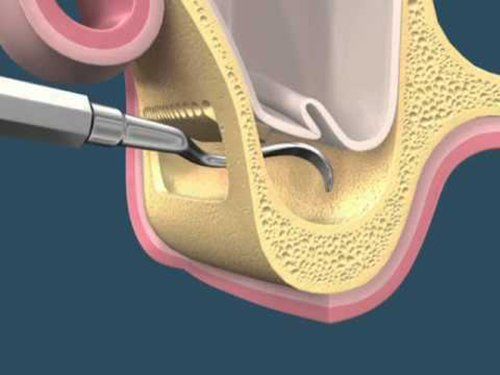
¿Qué Es? El levantamiento de seno maxilar es una cirugía que agrega hueso a tu maxilar superior en el área de tus molares y premolares. El hueso es agregado entre tu maxilar y tus senos maxilares, los cuales se encuentran a cada lado de tu nariz. A modo de hacer espacio para el hueso, la membrana sinusal necesita ser levantada. ¿Para Qué Se Usa? Un levantamiento de seno se realiza cuando no hay suficiente altura en el hueso del maxilar, o cuando los senos están demasiado próximos al maxilar, y los implantes dentales no se pueden colocar por tal motivo. Hay varias posibles razones para que esto suceda: · Muchas personas que han perdido los dientes de su maxilar superior — particularmente los dientes posteriores o molares — no tienen suficiente hueso para que los implantes dentales sean colocados. Una vez se pierde un diente, el hueso en esa área comienza a ser reabsorbido. Si los dientes han estado ausentes por un largo tiempo, con frecuencia no hay suficiente hueso restante para colocar implantes. · Se pudo haber perdido hueso debido a alguna enfermedad periodontal (de las encías). · El seno maxilar puede estar demasiado próximo al maxilar superior. La forma y tamaño del seno varía de persona a persona. El seno también puede agrandarse a medida envejeces. ¿Cómo Se Hace? Tu cirujano hará una incisión y levantará la encía donde tus dientes posteriores solían estar, exponiendo el hueso. Se hace un pequeño agujero ovalado en el hueso. La membrana que reviste el seno en el lado opuesto al agujero separa tu seno de tu maxilar. Esta membrana se empuja suavemente hacia arriba y lejos de tu maxilar. Material de injerto óseo es insertado en el espacio donde el seno solía estar. Una vez el hueso está en su lugar, el tejido es suturado. Lo Que Sigue Después del procedimiento, podrías tener algo de inflamación en el área y podrías sangrar por tu boca o nariz. No te suenes la nariz o estornudes con fuerza. Hacer eso podría causar que el material de injerto óseo se mueva y que los puntos de sutura se aflojen. Puede ser que tu dentista te prescriba medicina para prevenir el congestionamiento y la inflamación. También necesitarás medicina para el dolor, un antibiótico y enjuague bucal antimicrobiano para prevenir una infección. La mayoría de los pacientes solamente experimentarán un poco de incomodidad luego de un procedimiento de levantamiento de seno. Verás al especialista luego de algunos días. Él/ella evaluará el sitio de la cirugía y retirará los puntos de sutura si fuese necesario. Podrías tener que visitar al especialista un par de veces más para que se asegure de que el área está sanando apropiadamente. Tus implantes se colocarán entre cuatro y nueve meses después del levantamiento de seno, dependiendo de la cantidad de hueso requerida. Esto permite que haya tiempo para que el material de injerto óseo se una a tu hueso.
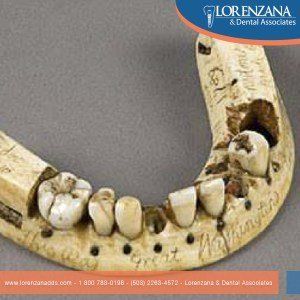
Hoy en día la prótesis dental nos permite reemplazar los dientes perdidos con un aspecto muy estético y natural, devolviendo a la boca la función perdida; pero eso no fue siempre así. Las primeras prótesis dentales de las que tenemos constancia provienen de los etruscos del siglo VIII a. C. y se conserva en el Museo de la Facultad de Odontología de París. Los etruscos utilizaron dientes de animales para reemplazar las piezas faltantes ensambladas sobre bandas de oro, lo cual muestra habilidades muy altas por parte de ellos. Creemos que los fenicios ya usaron oro blando y alambre de oro para la construcción de prótesis dentales. También utilizaron soldaduras y modelos de impresiones. Hacia 754 aC , los etruscos, hábiles artesanos de la época, producían pónticos muy complejos. Empleaban bandas de oro soldadas cada una por pónticos hechos con diferentes piezas dentales de humanos o animales.

At Lorenzana & Dental Associates, we love our CEREC system - and our patients love it, too! Thanks to CEREC, we can give people the convenience of getting their teeth fixed (e.g. crowns, veneers) in as little as a single visit to our clinic. That is just impressive, right? But how did such an incredible technology as CEREC come into existence? Well, we will talk a little about that in this blog, which is the first in a series of blogs about this system. Let's get to it!

Temporomandibular joint disorders are conditions that cause discomfort and inhibit the proper functioning of the jaw joint and muscles that control jaw movement. Causes In most cases, the cause of TMJ disorders is not evident. However, here is a list of potential causes: External trauma, such as a hard hit to the head or jaw. Tooth grinding or jaw clenching. Poor alignment between top and bottom teeth. Excessive chewing (e.g. gum or fingernails). Overextending the TMJ while eating large things. Degenerative diseases. Symptoms There are various symptoms that could be related to TMJ disorders. Examples of these are the following: Pain in facial, jaw, neck or back muscles. Swelling. Muscle stiffness or limited movement of the jaw. Clicking, popping or grating sounds accompanied by pain when moving the jaw. Teeth not fitting comfortably together. Jaw not opening uniformly or locking. Headache or earache. Difficulty swallowing. Diagnosis There is not always a straightforward way of diagnosing TMJ disorders. Exact causes and symptoms are not clear, and that means the discomfort someone is experimenting could be due to different health issues. Your doctor will take your symptoms and medical history into consideration and then will examine areas of discomfort, including the head, neck, face, and jaw. The doctor might also use x-rays in the analysis of your case. Treatment Reversible Treatments Conservative treatments do not invade the tissues of the face, jaw, or joint, or involve surgery. Reversible treatments do not cause permanent changes in the structure or position of the jaw or teeth. It is advisable that you try these first, before considering more expensive and permanent ones. Muscle and ligament tightness can be helped with jaw stretching and relaxing exercises as advised by your doctor. If the jaw becomes locked, it may be necessary to manipulate the joint back into place under a general anaesthetic. The most common TMJ issues are temporary and do not get worse. Short-term use of pain relievers, such as ibuprofen, may be sufficient. A stabilization splint or a bite guard may provide relief. Stabilization splints should only be used for a short time and should not cause permanent changes in bite. Permanent Treatments There is often debate around the use of permanent methods to treat TMJ disorders. There are no long term studies that show the efficacy of these methods, plus they are extensive and often more expensive than reversible treatments. The bite may be adjusted by polishing teeth, using reconstructive dentistry, or fitting braces. A repositioning splint may be fitted, which over time will permanently change the position of the jaw, ligaments and muscles. There may be an effect on teeth alignment, so more dental work may be needed to adjust the teeth. There is even the option to replace the jaw joint with artificial implants, but it should be considered a last resort. Self-Care In many cases, self-care measures can help alleviate the symptoms of TMJ disorders: Eating soft foods. Applying cold or warm compresses. Avoiding excessive jaw movements (shouting, gum-chewing, and wide yawning, for instance). Practicing gentle jaw stretching and relaxing exercises. Resting the jaw as much as possible. SOURCES: National Institute of Dental and Craniofacial Research Health Navigator



